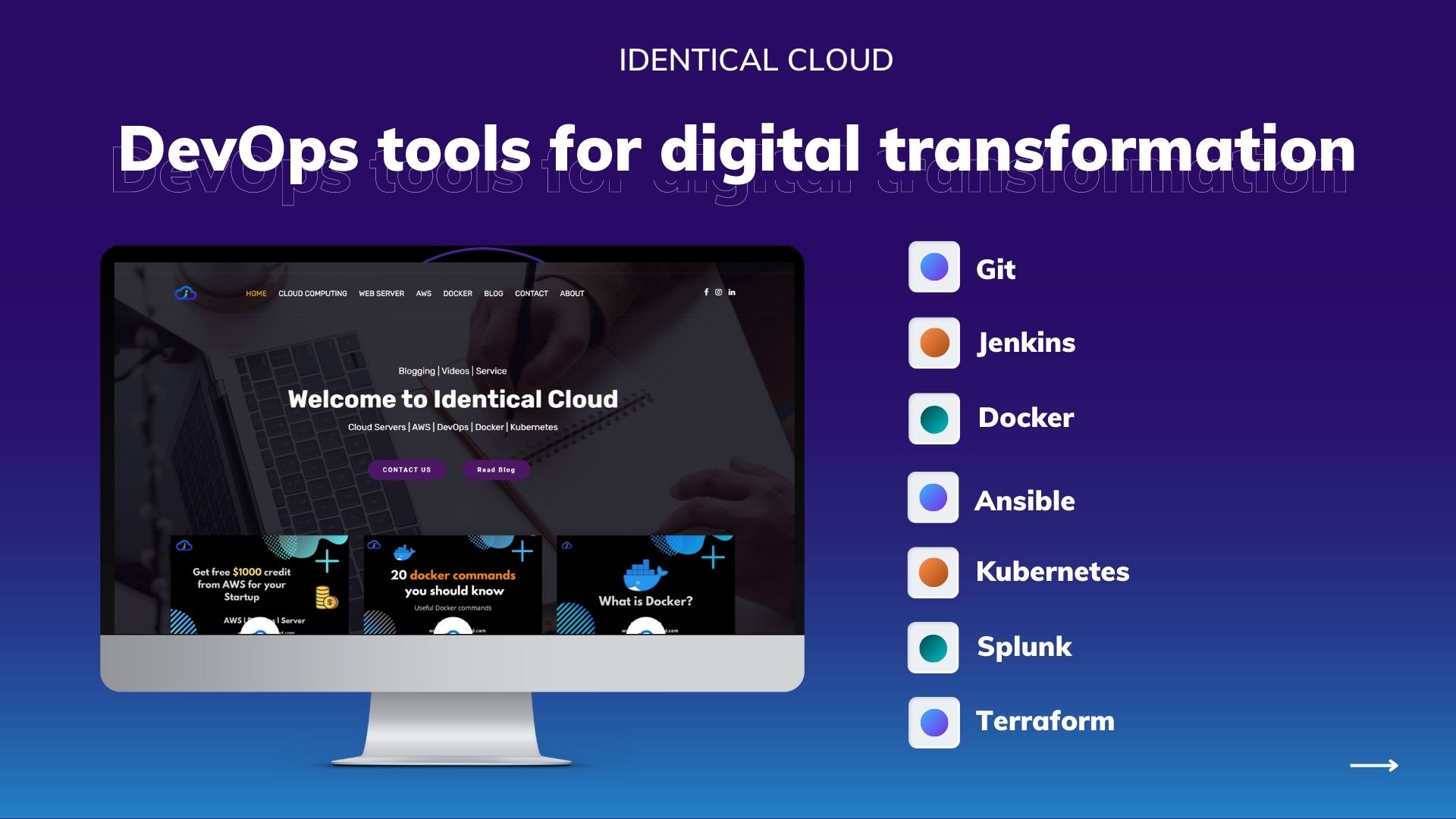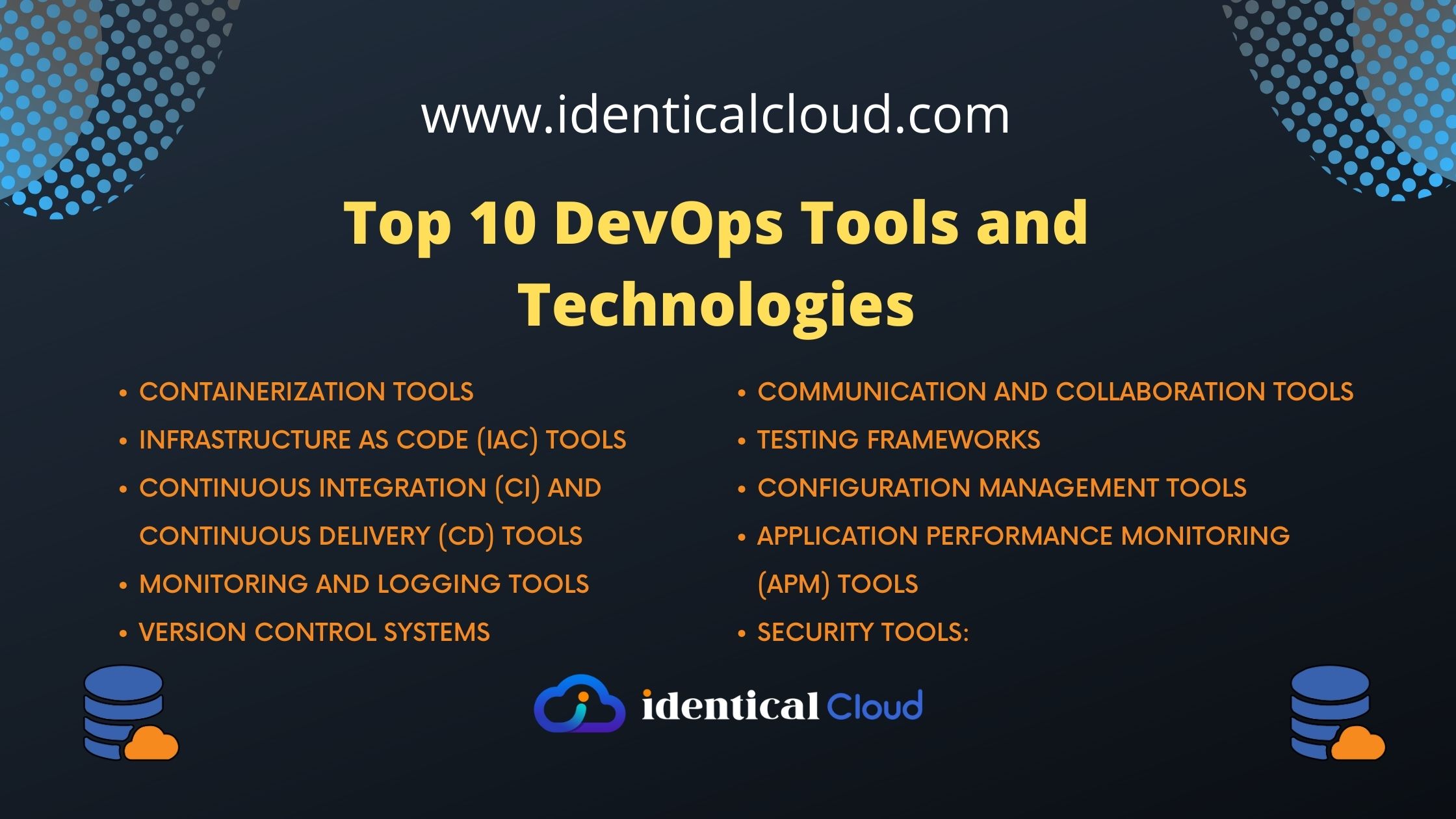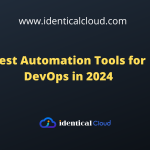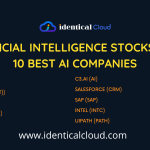
DevOps tools for digital transformation
DevOps tools for digital transformation
Digital transformation is an ongoing process that requires the integration of various technologies to enhance operational efficiency, customer experience, and business growth. One of the critical components of digital transformation is DevOps, a methodology that emphasizes collaboration and communication between development and operations teams to deliver software products and services at a rapid pace.
DevOps tools are essential in achieving digital transformation, enabling organizations to automate various stages of the software development lifecycle.
In this blog, we will discuss some of the most popular DevOps tools that can facilitate digital transformation.
- Git
Git is a distributed version control system that enables developers to collaborate on code changes seamlessly. It provides features such as branching and merging, allowing developers to work on different versions of code simultaneously. Git also offers a centralized repository to store code changes, making it easier to track changes and resolve conflicts.
Advantages:
- Git provides a centralized repository to store code changes, making it easier to track changes and resolve conflicts.
- Developers can collaborate on code changes seamlessly through branching and merging.
- Git allows developers to work on code changes simultaneously.
Disadvantages:
- Git requires a significant learning curve for new users.
- The distributed nature of Git can make it challenging to manage for larger teams.
- Jenkins
Jenkins is an open-source automation tool that facilitates continuous integration and continuous delivery (CI/CD). It automates the building, testing, and deployment of software, enabling organizations to deliver software products and services at a rapid pace.
Advantages:
- Jenkins enables organizations to automate the building, testing, and deployment of software, enhancing operational efficiency.
- It offers a robust plugin ecosystem, providing access to various integration and automation tools.
- Jenkins is an open-source tool, making it accessible to a wide range of organizations.
Disadvantages:
- Jenkins can be challenging to set up and configure for complex environments.
- The open-source nature of Jenkins can make it less secure compared to commercial alternatives.
- Docker
Docker is a containerization platform that enables organizations to deploy and run applications in isolated environments. It provides a lightweight and portable solution to application deployment, making it easier to migrate applications between different environments.
Advantages:
- Docker provides a lightweight and portable solution to application deployment, making it easier to migrate applications between different environments.
- It enables organizations to isolate applications, reducing the risk of conflicts and dependencies.
- Docker provides a scalable solution, enabling organizations to deploy and manage applications across multiple servers.
Disadvantages:
- Docker requires a significant learning curve for new users.
- The isolation of applications can make it challenging to share resources between applications.
- Ansible
Ansible is an automation tool that enables organizations to automate IT tasks such as application deployment, configuration management, and infrastructure provisioning. It provides a simple and agentless solution to automation, making it easier to manage complex IT environments.
Advantages:
- Ansible provides a simple and agentless solution to automation, making it easier to manage complex IT environments.
- It enables organizations to automate various IT tasks, enhancing operational efficiency.
- Ansible is an open-source tool, making it accessible to a wide range of organizations.
Disadvantages:
- Ansible can be challenging to set up and configure for complex environments.
- The open-source nature of Ansible can make it less secure compared to commercial alternatives.
- Kubernetes
Kubernetes is an open-source container orchestration platform that facilitates the deployment and management of containerized applications. It provides a scalable and portable solution to application deployment, making it easier to manage complex IT environments.
Advantages:
- Kubernetes provides a scalable and portable solution to application deployment, making it easier to manage complex IT environments.
- It enables organizations to deploy and manage containerized applications across multiple servers.
- Kubernetes provides features such as load balancing and auto-scaling, enhancing operational efficiency.
Disadvantages:
- Kubernetes can be complex to set up and manage, requiring specialized skills and expertise.
- The learning curve for Kubernetes can be steep, especially for small organizations or teams with limited resources.
- While Kubernetes provides many advanced features, some of these features may be unnecessary or too complex for certain organizations or applications.
- The high level of customization and flexibility offered by Kubernetes can lead to complexity and configuration drift if not properly managed.
- Splunk
Splunk is a data analytics platform that enables organizations to analyze and monitor their IT infrastructure and applications. It provides a centralized solution to log management, enabling organizations to detect and resolve issues quickly.
Advantages:
- Splunk provides a centralized solution to log management, making it easier to detect and resolve issues quickly.
- It enables organizations to analyze and monitor their IT infrastructure and applications, enhancing operational efficiency.
- Splunk offers a robust ecosystem of apps and integrations, providing access to various automation and analytics tools.
Disadvantages:
- Splunk can be expensive for small organizations.
- It requires a significant learning curve for new users.
- Terraform
Terraform is an infrastructure-as-code (IaC) tool that enables organizations to manage their IT infrastructure as code. It provides a simple and declarative solution to infrastructure management, making it easier to manage complex IT environments.
Advantages:
- Terraform enables organizations to manage their IT infrastructure as code, making it easier to manage complex IT environments.
- It provides a simple and declarative solution to infrastructure management, enhancing operational efficiency.
- Terraform supports multiple cloud providers, enabling organizations to manage their infrastructure across different environments.
Disadvantages:
- Terraform can be challenging to set up and configure for complex environments.
- The declarative nature of Terraform can make it challenging for new users to understand.
DevOps tools are essential in achieving digital transformation, enabling organizations to automate various stages of the software development lifecycle. The tools mentioned above are just a few examples of the many DevOps tools available in the market. Before adopting any DevOps tool, organizations should consider their specific needs and requirements to ensure that the tool they choose aligns with their goals and objectives.








